旅の帰還を意味し、嚴島神社で祈祷された「御砂」を混ぜて焼く陶器に込められた言葉とは。
This is the story behind the sacred ‘osuna’ sand from Itsukushima Shrine – used as a good luck charm for safe travels and blended with clay to create our special ceramics.
提供:広島県
宮島お砂焼の始まりは江戸時代(1603年~)まで遡ります。
この時代、安芸の国(現在の広島県西部)の旅人は、厳島神社御本殿下のお砂を道中安全のお守り(お砂守り)としていただき旅に出ました。そして無事旅から戻るとお守りの砂に旅先の砂を加え倍にしてお返しするという「お砂返し」の風習がありました。
The beginning of Miyajima’s osuna pottery dates back to the Edo Period (1603 – 1863). During this time, the people of Aki (present-day western Hiroshima) collected the sand from under the Main Shrine at Itsukushima as a good luck charm for safe travels before setting out on their journeys. When they returned, they mixed the original sand with sand from their destination and returned double the amount to the Main Shrine in a tradition known as osuna-gaeshi, or ‘returning the sand’.
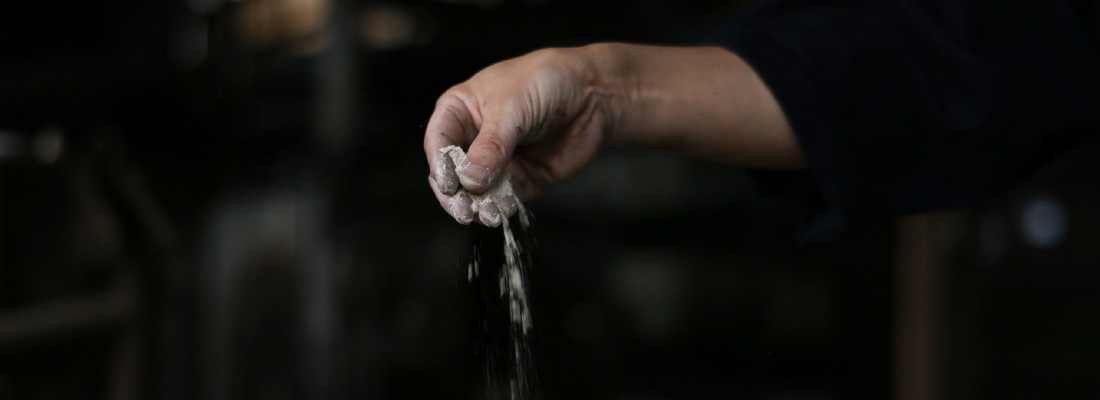
徳川期にはこの御本殿下のお砂を混ぜた土で厳島神社の祭礼用の祭器が作られるようになり、神聖な御砂を使うことから「御砂焼」または「神砂焼(しんしゃやき)」とも呼ばれました。
対厳堂のお砂焼は、厳島神社本殿下の御砂をご祈祷して頂き、粘土に練り込み制作しています。
During this period, the sand from beneath the Main Shrine was blended into clay and turned into special pottery used in religious festivals at Itsukushima Shrine. This pottery was called shinsha-yaki, or osuna-yaki (osuna pottery). At Taigendo, we source our sacred sand from under the Main Shrine at Itsukushima. The sacred sand is blessed in a ceremony at the shrine before we knead it into our clay.
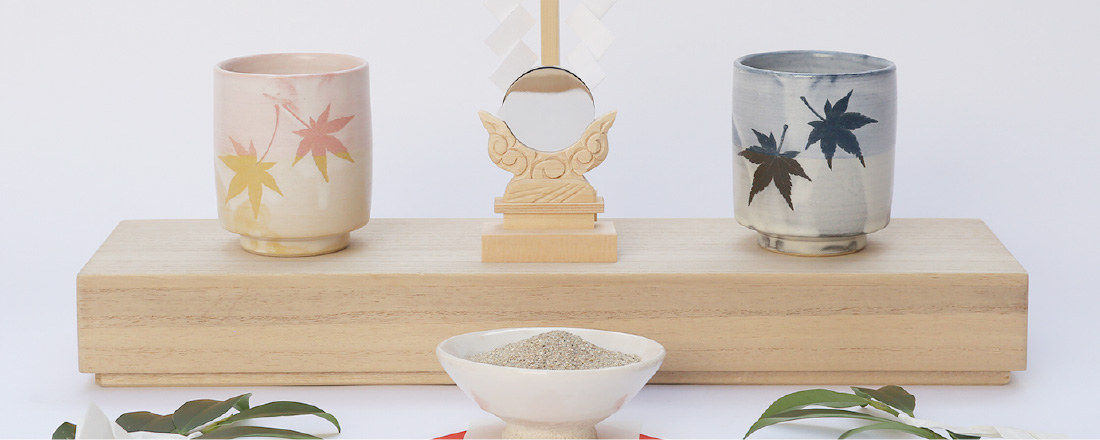
安芸の国で連綿と受け継がれてきた伝統
This is a tradition that stretches back to the age of Aki.
- 日本語
- ENGLISH
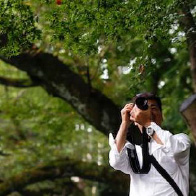
取材・映像編集
板倉 弘明
映像作家


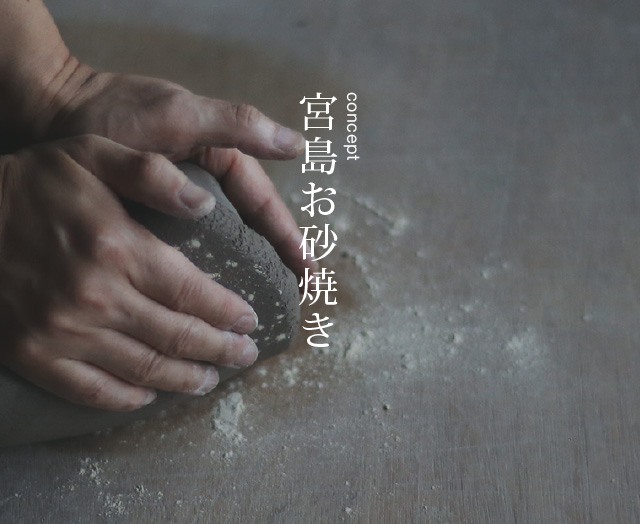
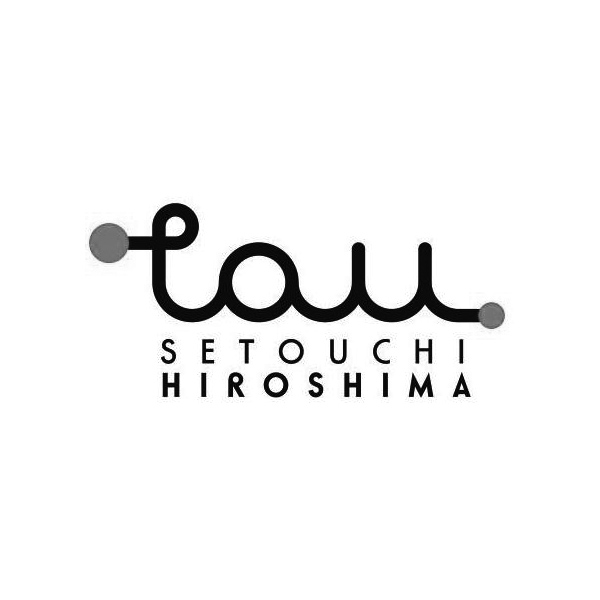



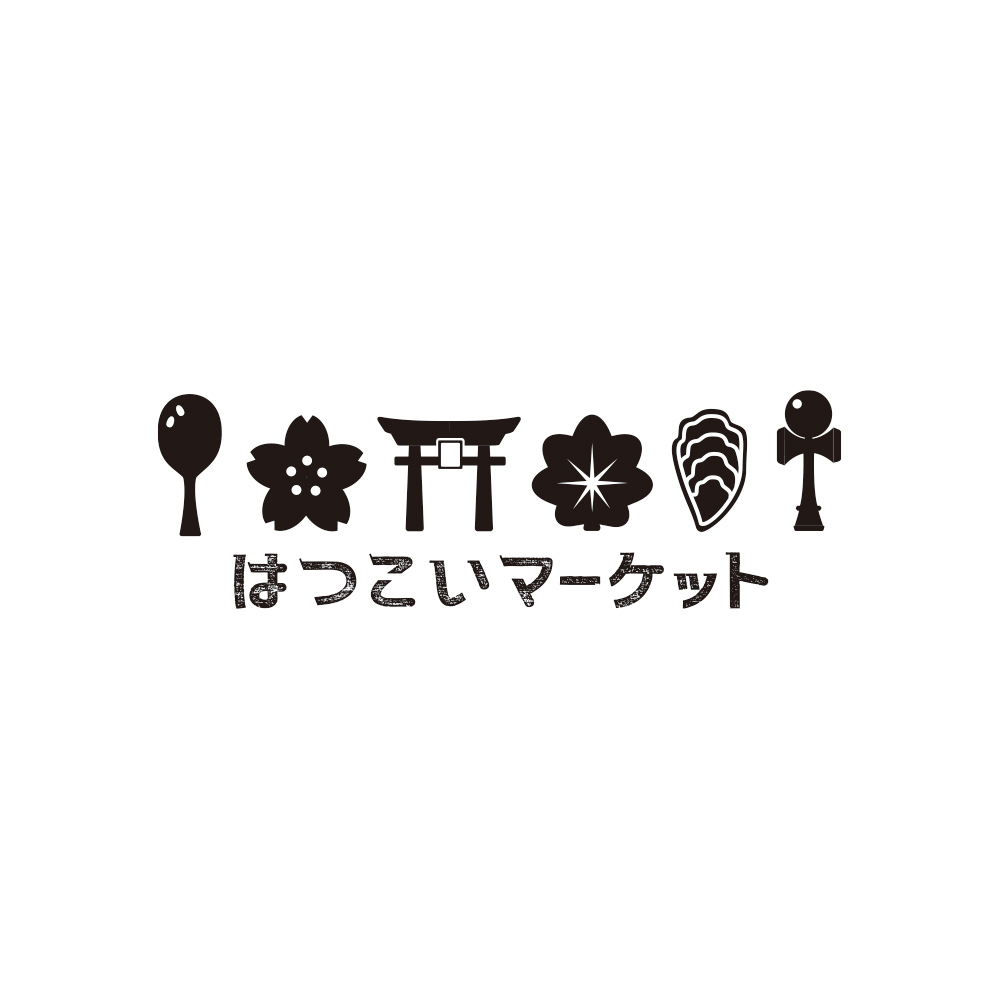
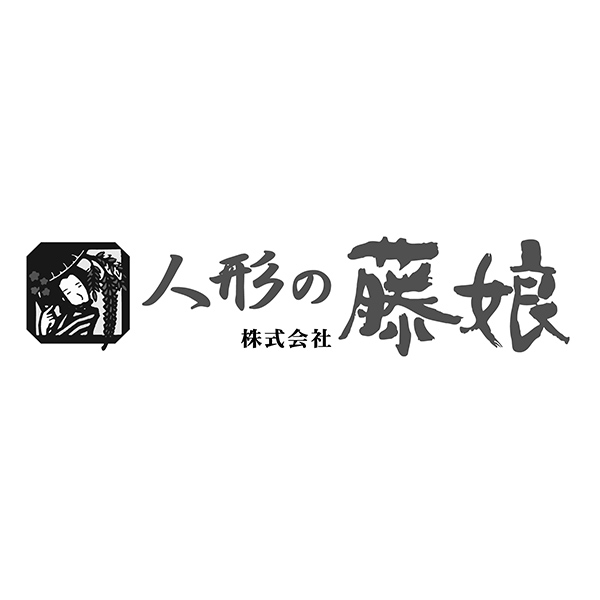
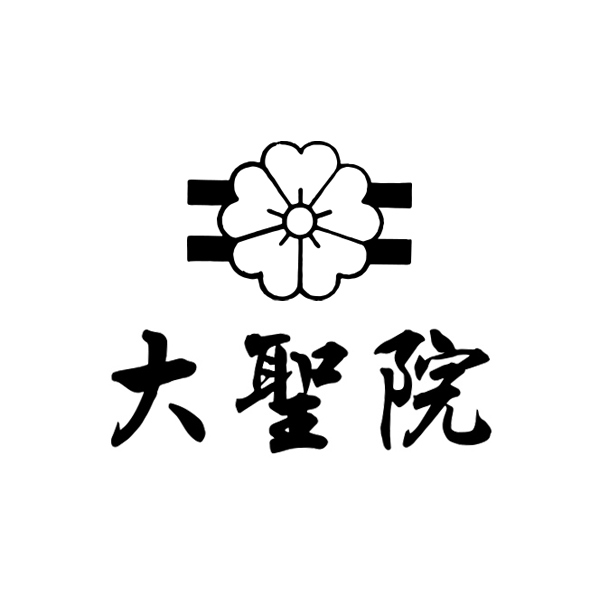
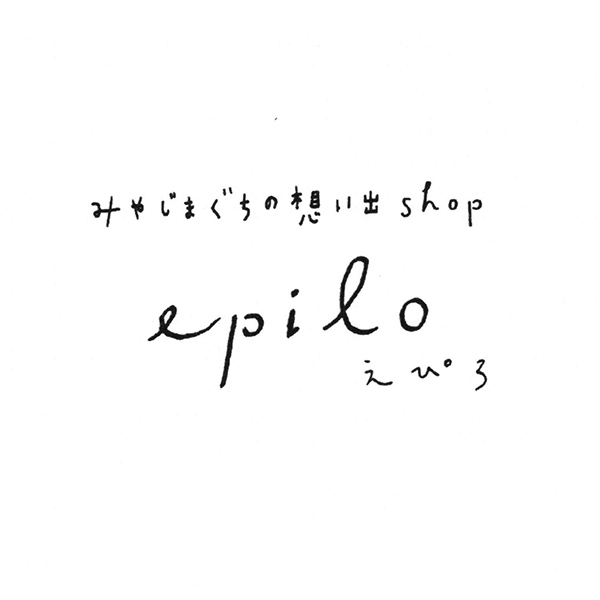

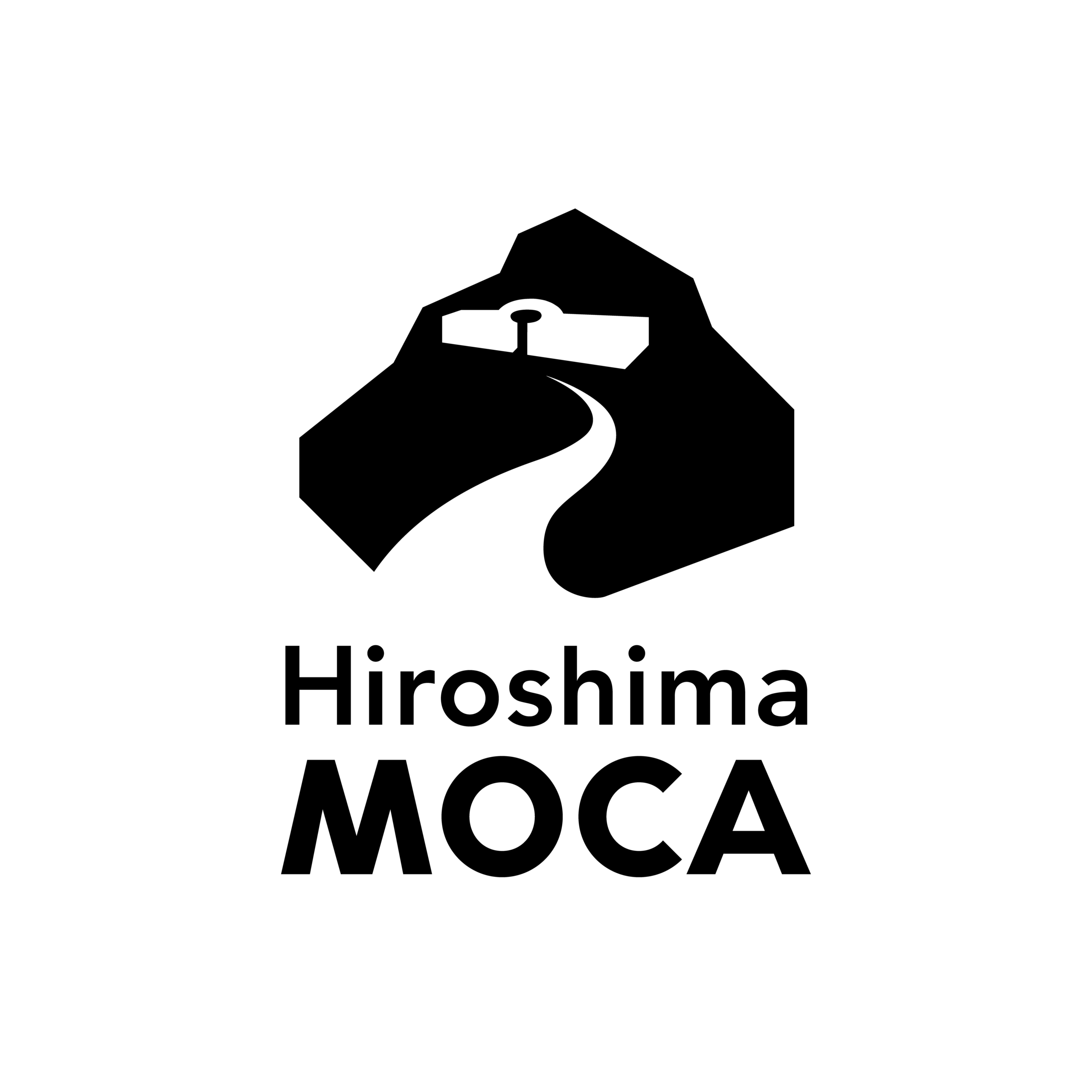
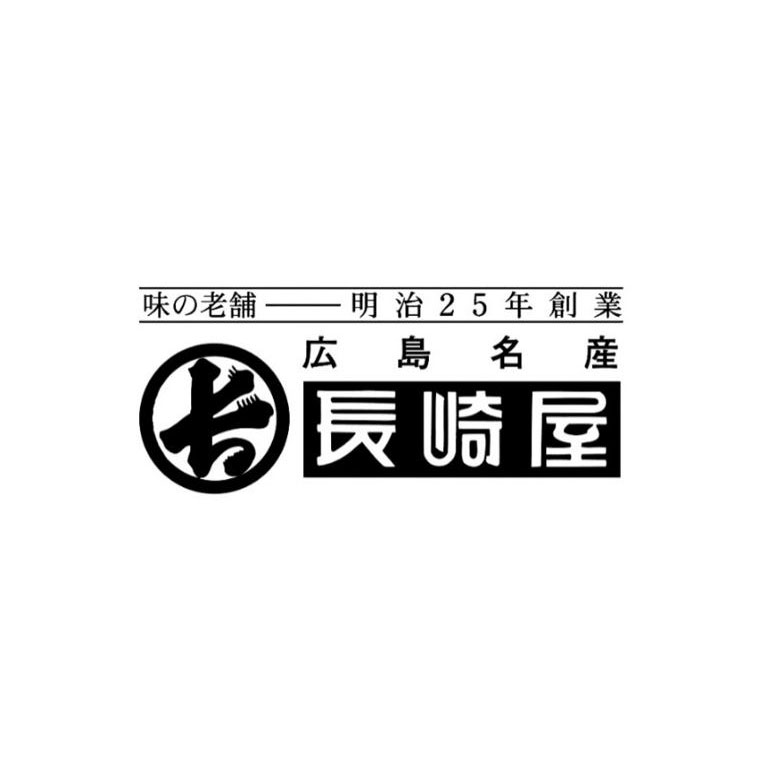





ジャーナリストとしても国際的に活躍され、「情熱大陸」など、多くの映像演出を手掛ける板倉さんに、ご縁あって対厳堂とはなにか、2分弱の映像にまとめていただきました。(現在の屋号は「対厳堂」です)
板倉弘明がみた対厳堂